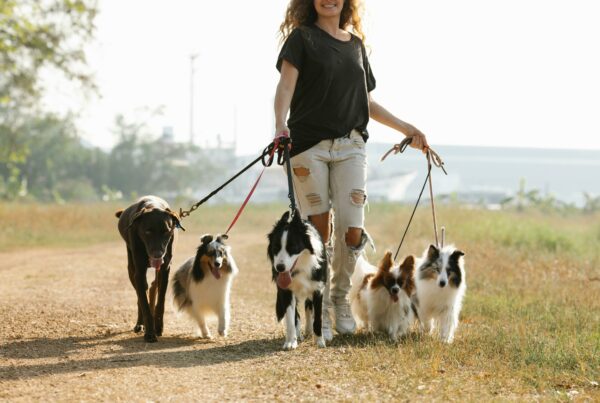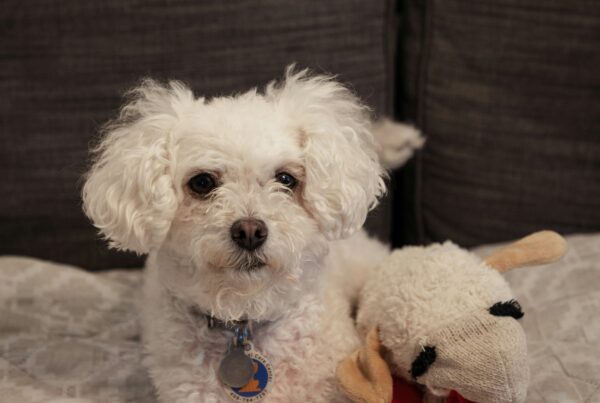
We’ve all heard of the Myers Briggs as a tool for understanding out personality- but what tool do we as dog owners have other than the breed books? Let’s face it, each dog has their quirks. Dog trainers are great but what if a dog’s unique personality could be taken into account when learning some basic commands, puppy kindergarten. Personality based training is effective because it takes the dogs natural tendencies and just reinforces them and focuses them into proper channels. Let us now look at some of the behavior and personality traits that can be advantageous to training.
For Curious dogs, it is quite easy to train in all manner of tricks and behaviors. These dogs are naturally inquisitive and can be taught such tricks as opening and closing doors or fetching cold drinks from the refrigerator. An easy trick for this dog is fetching ones slippers or even bringing you the food dish at your dog’s meal times. These dogs love to perform so give them lots of chances to do so. They are most easily trained by giving them a challenge to work out. Perhaps hiding a treat under a box or playing games such as hide and seek with them. These dogs are excellent for tracking once they learn to focus their attentions.
The Aggressive dog can be a bit harder to tame but does have its useful areas. A dog with aggressive tendency will be very defensive of its master, including the master’s house and belongings. This animal should be trained with this thought in mind but it is of great consequence to also teach this animal proper outlet for its aggression and also, when enough is enough. In other words, clearly and consistently teach the no and leave it commands or you run the risk of finding this dog mauling a neighbor’s child for getting too close to the fence.
The Friendly dog is a pure pleasure to train as they truly want to please you and will do almost anything to gain your attention and approval. These dogs are wonderful companions and are awesome when trained for specialized uses such as visiting nursing facilities or hospitals in a pet therapy usage. These dogs do require a bit of training in how to contain their sometimes over friendly advances and must be taught the “down” commands and the “lick / no lick” commands as their warm personalities can be a bit overpowering for some peoples liking.
The Shy or Reclusive dog will be in adventure to train, as first you have to find the pet. This animal will make it a point to stay out of your reach and usually out of your sight. These animals can be stubborn during the training process and they must be taught to answer when called. Leash training most easily facilitates this with a lot of rewards for appropriate behavior. Negative reinforcements rarely work with these animals, as they perceive this is a further reason to avoid your presence.
The Nervous or Easily Frightened dog is very similar in training technique to the Shy pet. They require patience and understanding during training and much in the way of positive reinforcements. Avoid using negative reinforcements unless a particular behavior could prove immediately harmful to you, the pet or another individual. This animal will not respond well to negative reinforcements and these will damage the trust relationship between you and the pet. Trust is a very important issue with these animals and this must be established before any other training will have any effectiveness. These dogs almost always have had prior abuse or neglect issues.
Learn as much as possible about the past of the animal and find what behaviors trigger the fear responses of the animal. For example, if you raise your hand when you say “no” and the dog whimpers, drops to the ground or tucks its tail and runs, you can safely assume someone has struck this dog at least once. If this is the case, modify your training behaviors and hand movements to be less threatening to the animal. Perhaps, instead of raising your hand with the command, just give the verbal cue. This still implies the same lesson to the animal without producing fear, which is contraindicated in training. After the dog learns to trust you, hand gestures can be added later at the animal’s comfort level.
As we discussed before, each animal is different and you may see traits of any or all of these personality types in your pet. You should use this knowledge to modify your training and achieve a happier, healthier bond between you and your pet by reinforcing the animal’s own personality.
For a unique personality reading please visit Madrette, paw print reader on facebook to find her next appearance.
This article was taken from http://www.jms.net.au/blog/how-to-train-using-your-dogs-personality/ and modified by New York Dog Nanny.



